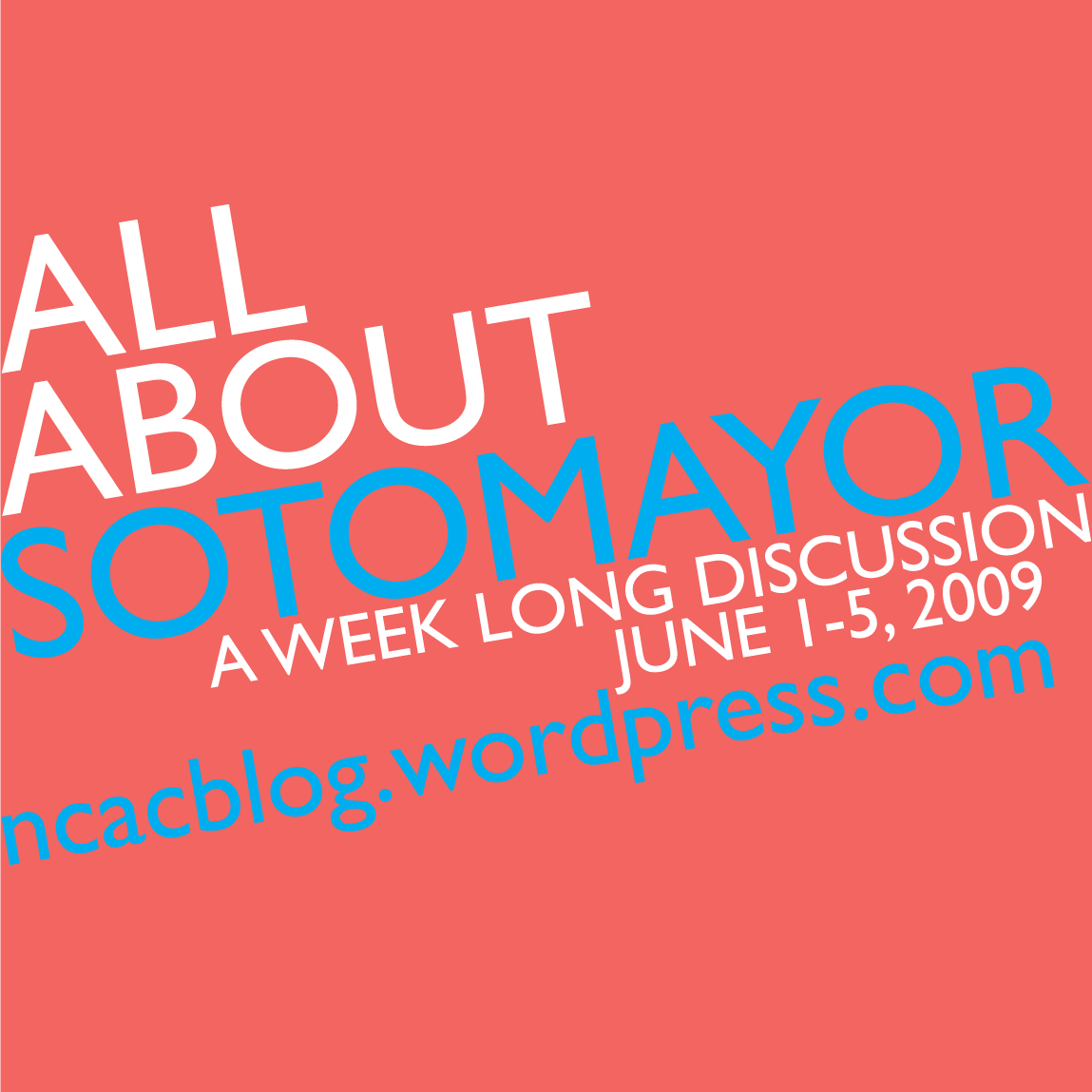 With all the focus on and furor over the nomination of Judge Sonia Sotomayor, it is easy to lose sight of the Justice she is replacing—indeed, he likes it that way. But any discussion of how Sotomayor will influence the Court’s freedom of expression jurisprudence is incomplete without some reflection on the Justice whose robes she will fill, David Hackett Souter.
With all the focus on and furor over the nomination of Judge Sonia Sotomayor, it is easy to lose sight of the Justice she is replacing—indeed, he likes it that way. But any discussion of how Sotomayor will influence the Court’s freedom of expression jurisprudence is incomplete without some reflection on the Justice whose robes she will fill, David Hackett Souter.
Whereas Sotomayor has an extensive history on the federal bench—a history that is being picked through and scrutinized by what seems like every last person with internet access, including us—Souter arrived at the Supreme Court as a near total enigma. When President George Herbert Walker Bush nominated Souter to fill the vacancy on the Court left by Justice William J. Brennan, Souter had served less than a year as a judge on the Court of Appeals for the First Circuit. Bush assured party loyalists that the little-known Souter would tow the party line and help push the conservative agenda, but, with the exception of some of Souter’s early decisions, Bush could not have been more wrong.
In his more than 18 years on the bench, Souter evolved from possible conservative, to moderate, to one of the most consistently liberal voices on the Court. Though no one was quite sure what to make of Souter when he joined the Court, he proved to be a worthy successor to Brennan, and leaves with a legacy as a fierce defender of the rights of the individual. We hope that Sotomayor picks up where he left off.
Summarized below are some of Souter’s notable opinions in freedom of expression jurisprudence that trace his ideological evolution:
Barnes v. Glen Theatre (1991)
In this 1991 case, Souter joined in a five-justice plurality with Scalia, O’Connor, Kennedy, and Rehnquist to uphold a law restricting nude dancing. Unlike some members of the plurality, Souter did believe that nude dancing could be a form of “symbolic expression” that qualifies as protected speech. But he felt that the government interest in preventing the secondary effects related to nude dancing, like sexual assault and prostitution, was substantial enough to render the law constitutional. As a partial dissenter in the City of Erie v. PAP’s A.M. case, Souter would later repudiate his decision here.
NEA v. Finley (1998)
This case cemented Souter’s reputation as a hard-line supporter of free speech rights. Souter filed a lone, forceful dissent in the Court’s 8-1 decision to uphold a statute that allowed the National Endowment for the Arts to take into consideration “general standards of decency and respect for the diverse beliefs and values of the American public” in decisions to award grants.
“The decency and respect proviso of the statute. . . [violates] the fundamental rule of the First Amendment that viewpoint discrimination in the exercise of public authority over expressive activity is unconstitutional.”
National Endowment for Arts v. Finley, 524 U.S. 569 (1998) (Souter J. dissent)
City of Erie v. PAP’s A.M (2000)
This was another case concerning the constitutionality of a law against nude dancing. In a partial concurrence and dissent Souter made clear how much his intervening years on the court since Barnes had broadened his conception of the protections afforded by the First Amendment. While he still believed that the prevention of negative secondary effects, like sexual assault and prostitution, could serve as legitimate governmental interests in regulating speech, he now believed that the government had to prove those secondary effects existed for the regulation to stand.
“Careful readers, and not just those on the Erie City Council, will of course realize that my partial dissent rests on a demand for an evidentiary basis that I failed to make when I concurred in Barnes, supra. I should have demanded the evidence then, too, and my mistake calls to mind Justice Jackson’s foolproof explanation of a lapse of his own, when he quoted Samuel Johnson, “ ‘Ignorance, sir, ignorance.’ ” McGrath v. Kristensen, 340 U.S. 162, 178 (1950) (Concurring opinion). I may not be less ignorant of nude dancing than I was nine years ago, but after many subsequent occasions to think further about the needs of the First Amendment, I have come to believe that a government must toe the mark more carefully than I first insisted. I hope it is enlightenment on my part, and acceptable even if a little late.”
Erie v. Pap’s A. M., 529 U.S. 277 (2000) (Souter J. partial concurence and partial dissent)

